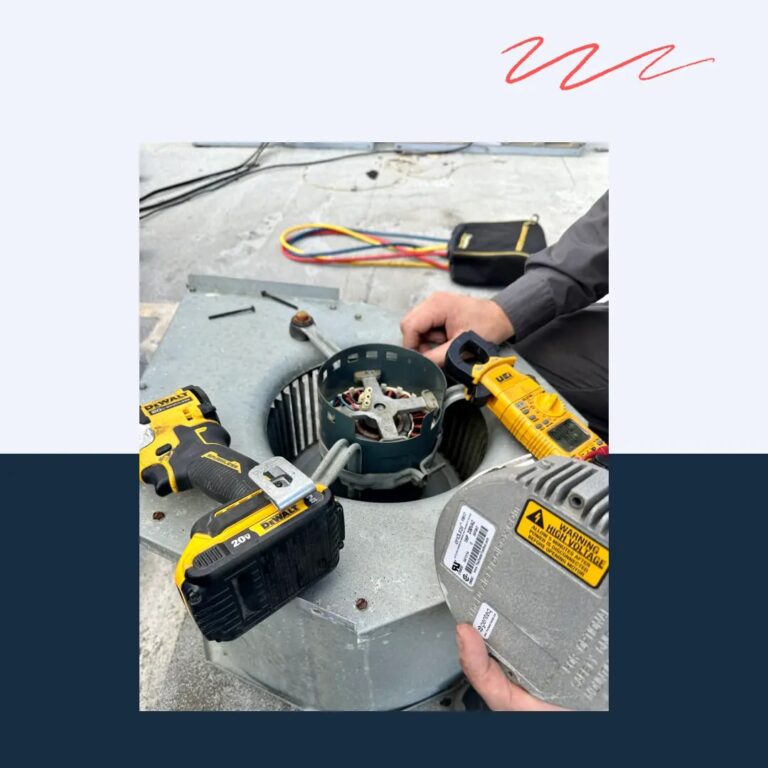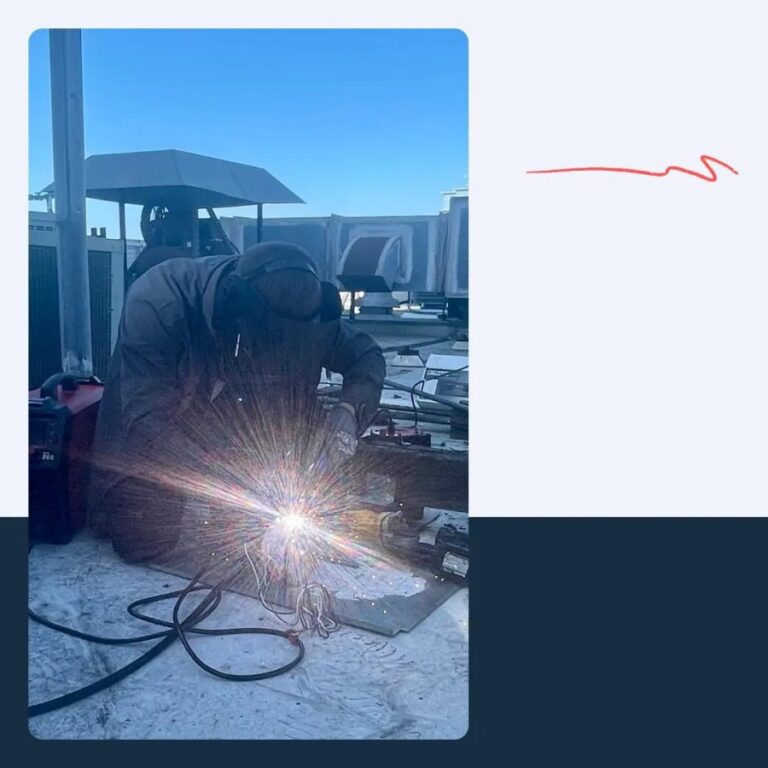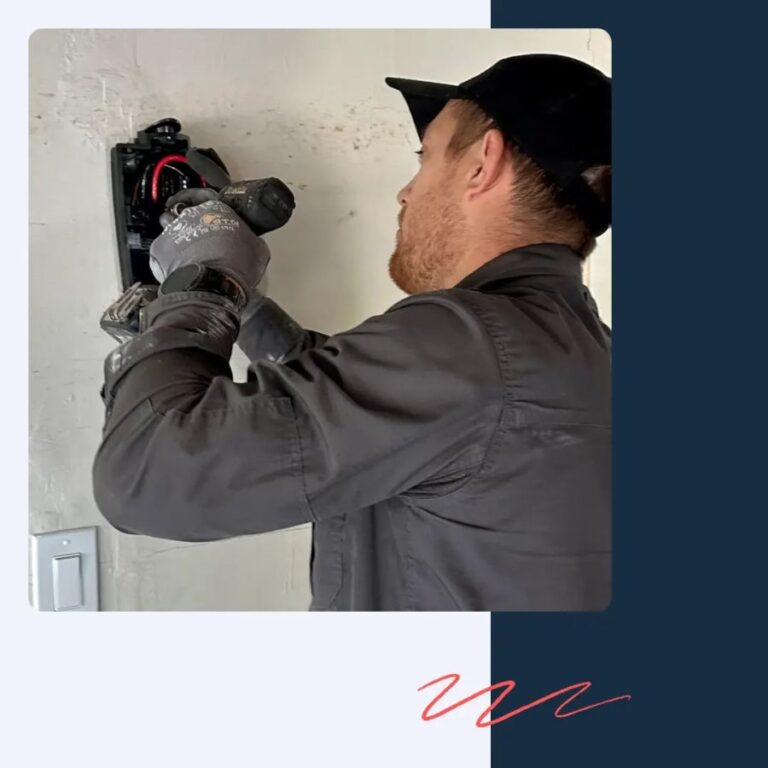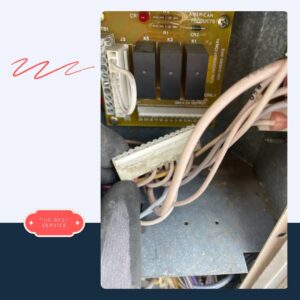Factors Affecting the Price to Repair HVAC System You Never Considered

Get ready to dive into the heart of what shapes that bill. You’re about to encounter a clash of climate, building codes, home age, equipment type, and even the quality of past repairs.
At Freon Service, we not only understand these hidden variables and know how to handle them, but we’re also ready to share our expertise with you.
HVAC Repair Price: Why Local Climate Means Higher Wear and Smarter Fixes
When we say we know the local climate, it’s not just a catchy phrase—it’s a real advantage. San Jose lies in a Mediterranean climate zone. We have mild winters and warm, dry summers. So what’s the problem? Significant daily temperature swings. Here’s how it happens:
- During the day, the sun intensely heats the Santa Clara Valley, and clear skies amplify the heat.
- At night, cool ocean air from San Francisco Bay and the Pacific flows into the valley, sharply dropping the temperature.
- Low humidity allows heat to dissipate quickly.
- In summer months, this is especially noticeable: at noon, we hide in the shade from 85–95F, and at night, we bundle up in blankets, shivering at 55–60F. Or we solve these issues with an air conditioning system, deciding that in such conditions, how much does it cost for HVAC maintenance doesn’t matter.
How does this affect your “Master of Freshness”?
- Intense cooling work during the day and switching to heating at night increase the load on thermostats and components like capacitors.
- Nighttime cooling can cause condensation, leading to corrosion. Dust worsens air quality, and filters clog faster.
At Freon Service, we know how to quickly diagnose and fix these issues, minimizing our clients’ discomfort in the heat.
HVAC Repair Price and California Code Compliance: What Drives Costs Up (or Down)
Our state has some of the strictest building and environmental standards in the U.S. This undoubtedly improves our quality of life but also directly impacts the size of the repair bills for your “Wizard of Cool Air”:
- Thanks to Title 24 (California Energy Code), we use only energy-efficient materials and equipment (e.g., programmable thermostats or filters with high MERV ratings).
- California strictly regulates refrigerants (e.g., R-410A instead of outdated R-22). Freon Service has certified technicians who know how to safely handle these components, perform recharges, and ensure environmentally safe disposal.
- Some repairs, like replacing major components (e.g., compressors), may require permits from local San Jose authorities. But don’t worry—we know what to do.
How Much Does It Cost to Repair an HVAC System in Homes of Different Construction Years?
San Jose is a city with diverse architecture, from older homes built in the 1950s–1970s to modern energy-efficient buildings. And the oases of coolness in them are created by different units:
- In older San Jose homes, outdated furnaces with AFUE below 80% or air conditioners with SEER below 13 are common. They’re less efficient and tricky to repair. The issue is that compatible thermostats or capacitors aren’t always easy to find. Good news: Freon Service stocks such parts. We boast established connections with local suppliers in the San Francisco Bay Area, speeding up repairs even for rare models. This means you don’t need to worry about how much does it cost to replace your HVAC system.
- In newer homes and commercial buildings, heat pumps or ductless mini-split units are popular. Our technicians are trained to work with these efficient workhorses. They’ll perform diagnostics on complex electronics and calibrate them to meet local standards.
Now—About the Price of Mistakes: When the Cost of HVAC Repair Goes Beyond Money
Unfortunately, repair costs aren’t always measured in dollars alone. Sometimes, it’s lost time, stress, or even health risks. Some homeowners think, “What if I try fixing it myself?” or “Maybe someone cheaper can do it?” That’s entirely the wrong mindset:
- DIY repairs are dangerous—air conditioners contain electrical components and refrigerants that require EPA certification to handle. A mistake can void warranties or even cause injury.
- As for cheap technicians, we’ve fixed their mistakes countless times, which ended up costing clients more.
Let us tell you more about our daily work.
How Much Does It Cost to Repair an HVAC System for Minor Issues?
Every week, our operators receive dozens of repair requests. Most are minor issues, typically taking 20–60 minutes, handled by one technician, and costing $150 to $450. Here’s how it went in one case:
- A family from Willow Glen contacted us when their “Climate Creator” became erratic—some rooms were too cold, others too hot.
- The cause was a faulty thermostat. Its sensors were clogged with dust and misread the temperature.
- Precise diagnostics to rule out more serious issues and proper integration of a new thermostat with a 1980s unit solved the problem.
What’s the concluding judgment? We also prevented system overload, which could have led to a pricier repair.
Cost of HVAC Repair for Medium-Complexity Issues
These jobs involve extended diagnostics, work with electrical or mechanical components, and often require specialized tools or materials. They usually take a few hours and cost $300 to $700. They frequently test our ability to provide efficient, high-quality solutions, like in this story:
- A homeowner in Willow Glen reached out in August when their air conditioner started blowing weak, warm air, making the home unbearably hot.
- Diagnostics showed the issue was a faulty outdoor unit fan motor, caused by worn bearings and overheating amid summer heat.
- Two technicians carefully disassembled the unit, replaced the faulty motor with an energy-efficient model compliant with Title 24, and lubricated components to prevent future wear. The job took 3 hours.
What’s the conclusion? The “patient” quickly recovered, restored full power, ensured even cooling, and lowered energy bills. Our client avoided a potential compressor failure, which could have cost $1200–$2500.
How Much Does It Cost to Repair an HVAC System for Major Issues?
Sometimes, situations are more intense:
- A small business downtown faced a gas furnace failure in January: a cracked heat exchanger—a dangerous situation due to possible carbon monoxide leaks. Additionally, a minor gas line leak was found.
- We needed to replace the furnace, fix the leak, pass a city inspection—all with minimal business disruption.
- Added complexity came from integrating the new furnace with an older cooling unit.
- Three technicians replaced the furnace with an energy-efficient Lennox model (AFUE 92%), fixed the gas line leak, conducted a pressure test, and connected the new unit, adhering to California Mechanical Code standards, in 1.5 days. We pre-arranged an inspector visit and passed on the first try. Our experience with downtown San Jose commercial spaces helped us work quickly and smoothly.
What’s the end result? The new unit lowered energy costs, and the client avoided potential health risks.
These stories show why Freon Service is a trusted partner. We’re licensed, insured, and transparent about the cost of HVAC repair—no surprises.








